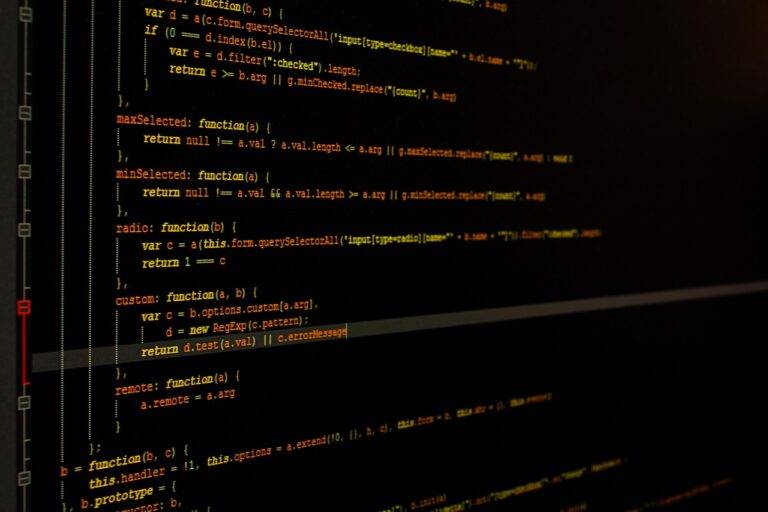Robotics in Industry: Automating Manufacturing Processes
Implementing robotics in manufacturing processes brings numerous advantages to the industry. Robots are capable of working with a high level of precision and accuracy, which significantly reduces human error in manufacturing tasks. This leads to a higher quality of output and consistency in production. Additionally, robots can work continuously without the need for breaks, increasing productivity and efficiency in the manufacturing process.
Moreover, the use of robotics in manufacturing helps to enhance workplace safety by reducing the risk of accidents for employees. Robots can be employed in tasks that are hazardous or physically demanding for humans, thus minimizing the possibility of work-related injuries. By taking over such tasks, robots can contribute to creating a safer working environment for workers in the manufacturing industry.
• Robots work with high precision and accuracy, reducing human error
• Higher quality output and consistency in production
• Continuous operation without the need for breaks increases productivity
• Enhances workplace safety by minimizing the risk of accidents for employees
• Can be employed in hazardous or physically demanding tasks to create a safer working environment
Challenges Faced When Implementing Robotics in Industry
One common challenge faced when implementing robotics in the industry is the high initial investment required for purchasing and setting up the robotic systems. The cost of acquiring the robots, integrating them into existing manufacturing processes, and training employees to operate and maintain them can be quite substantial. This financial barrier can deter some companies from adopting robotic technology despite its long-term advantages.
Another significant challenge is the potential displacement of human workers. As robots are increasingly being used to perform tasks traditionally done by humans, there is a concern about job losses and the impact on the workforce. Companies must navigate this delicate balance between the efficiency and productivity gains offered by robotics and the need to retain skilled workers. Finding the right mix of human and robotic labor is crucial for successful implementation in the manufacturing industry.
Types of Robots Used in Manufacturing
Robots play a vital role in modern manufacturing processes, enhancing efficiency and precision. Industrial robots are commonly categorized into three main types based on their configuration: articulated robots, cartesian robots, and SCARA robots. Articulated robots have multiple joints that allow them to move in a range of motions, making them versatile for various tasks in manufacturing plants. Cartesian robots, on the other hand, operate on three linear axes, providing precise and repeatable movements that are ideal for applications requiring high accuracy. Lastly, SCARA robots excel in tasks requiring fast and precise horizontal movements, such as assembly and pick-and-place operations.
In addition to these main types, collaborative robots, or cobots, have gained popularity in recent years for their ability to work alongside humans efficiently and safely. These robots are designed to interact with workers in a shared workspace, offering flexibility and ease of programming for different manufacturing tasks. Mobile robots, equipped with navigation systems, are also increasingly utilized in manufacturing environments to transport materials or perform inspections in large facilities. Overall, the diverse range of robots used in manufacturing allows for customization to meet specific production requirements and improve overall operational efficiency.
What are the benefits of implementing robotics in manufacturing?
Implementing robotics in manufacturing can increase efficiency, improve quality control, reduce labor costs, enhance workplace safety, and increase production output.
What are some challenges faced when implementing robotics in industry?
Some challenges include high initial investment costs, the need for specialized training for employees, potential job displacement, integration with existing systems, and maintenance and repair costs.
What are the types of robots used in manufacturing?
The types of robots used in manufacturing include industrial robots, collaborative robots (cobots), autonomous mobile robots (AMRs), SCARA robots, delta robots, and articulated robots. Each type has its own specific uses and advantages.





